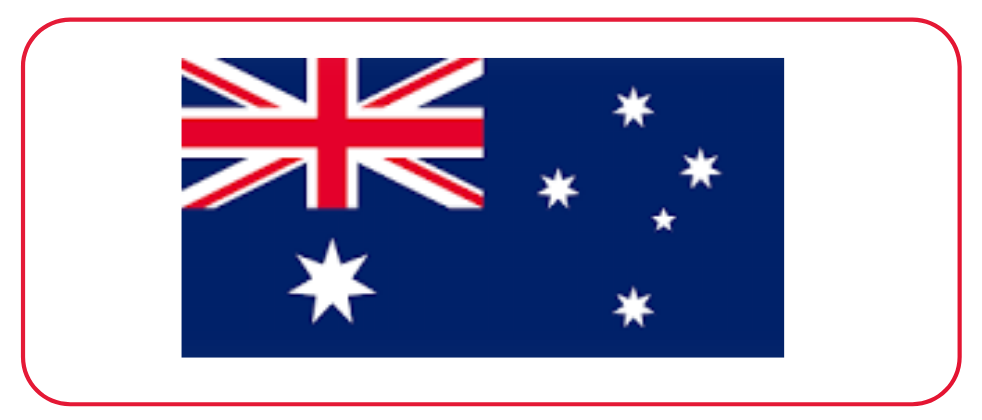FORMULATION, DEVELOPMENT AND EVALUATION TESTING OF FOAMING BATH SALT SUBSUMING HIMALAYAN PINK SALT
DOI:
https://doi.org/10.53555/eijas.v11i1.184Keywords:
Bath salts, Volcanic rock, Hot Spring bath houseAbstract
This research discusses the formulation and manufacturing of the recently used most popular bath preparation which is bath salt. Centuries ago, people used different salts to soften hard water. During older times, salts were often used for their healing properties. Salts were also quite common in general medicines for treatment of variety of health conditions which includes skin rashes, inflammation, redness, sore muscles, arthritis etc. The concept of bath salts was first raised when the demand of hot spring bath increased rapidly. People used to visit hot spring bath house to soak their body in lukewarm mineral water to relax and calm their body, to cure any clinical conditions and to interact with people for basic communication. The hot spring water is mineral water and holds carbonates and bicarbonates of different minerals. These salts are readily soluble in water and are beneficial for relaxation and curing different conditions. Some people also started using lava stone also known as volcanic stone for many therapies as it is known for its healing properties, relaxation properties and it does have strength to flush out any negative vibes from the body and mind. By researching and combining all the information together, the concept of bath salts has been raised.
This research initially defines the term “BATH SALTS.” Further followed by describing about its purpose of use and its types. Bath salts are used for several purposes such as cleansing, foaming, relaxation, therapeutic treatment and for aesthetic appeal. It helps in healing dermal as well as other clinical conditions. Next it contains the hit and trial method and formula for preparation of bath salts. The main ingredients of the formulated bath salts are Himalayan pink salt, Epsom salt, sodium bicarbonate, some mild surfactants, color, and perfume. All the three salts help to reduce the surface tension of water and helps to cure many skin problems. Finally, it deals with the claims and testing of the same.
References
Takeo Mitsui. New Cosmetic Science. 2nd edition, History, and purposes of bath preparations. page no. 473 - 475. (1993)
P.P. Sharma Cosmetics: Formulation, Manufacturing & Quality Control. Vandana Publications, Page no. 321- 324. (2018).
Indian Standard IS 2730 (1977): Magnesium sulphate (Epsom salt) [CHD 1: Inorganic Chemicals]
Indian Standard IS 2124 (2000): Sodium Bicarbonate [CHD 1: Inorganic Chemicals]
Indian Standard IS 7884 (2004): Shampoo, Surfactant based [PCD 19: Cosmetics]
Indian Standard IS 13884 (1993): Muscovite Mica Flakes and Mica Powder for Industrial Applications [ETD 2: Solid Electrical Insulating Materials and Insulation Systems]
2193_expriment 6.pdf.
Sanya Hamdani. The right way to patch test a skincare product for allergic reaction. Sep 29, 2020.
Indian Standard IS 2730 (1977): Magnesium sulphate (Epsom salt) [CHD 1: Inorganic Chemicals]
Indian Standard IS 2124 (2000): Sodium Bicarbonate [CHD 1: Inorganic Chemicals]
Indian Standard IS 7884 (2004): Shampoo, Surfactant based [PCD 19: Cosmetics]
Indian Standard IS 13884 (1993): Muscovite Mica Flakes and Mica Powder for Industrial Applications [ETD 2: Solid Electrical Insulating Materials and Insulation Systems]
Downloads
Published
Issue
Section
License
Copyright (c) 2025 International Journal of Applied Science

This work is licensed under a Creative Commons Attribution 4.0 International License.








 Licensed under CC BY 4.0 International.
Licensed under CC BY 4.0 International.